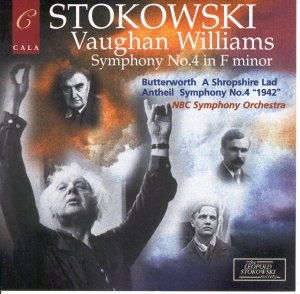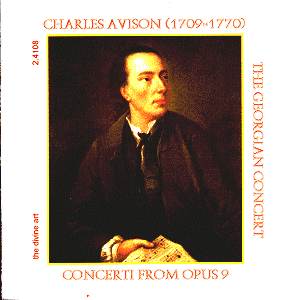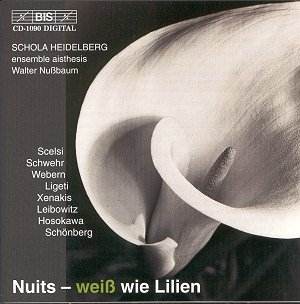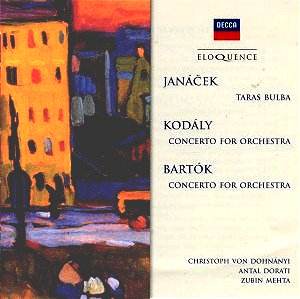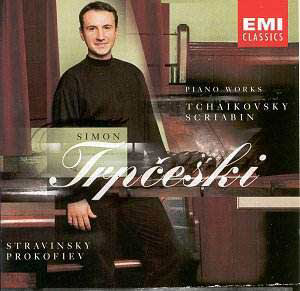 Composer: Tchaikovsky (arr. Pletnev), Scriabin, Stravinsky, Prokofiev
Composer: Tchaikovsky (arr. Pletnev), Scriabin, Stravinsky, Prokofiev
Works: Concert Suite from The Nutcracker, Piano Sonata No. 5, Op. 53, Three Movements from Petrushka, Piano Sonata No. 6 in A, Op. 82
Performers: Simon Trpceski, piano
Recording: Recorded November 2001 at Potton Hall, Suffolk
Label: EMI Classics 7243 5 75202 2 5 [72’42”]
Simon Trpceski’s debut recording is a notable contribution to the piano repertoire, particularly in a landscape where many young pianists vie for attention. His choice of works—from Tchaikovsky’s enchanting ballet suite to Prokofiev’s fiercely intricate Sixth Sonata—offers a rich tapestry of late Romantic and early 20th-century styles. Each piece not only showcases Trpceski’s technical prowess but also his nuanced understanding of the emotional and historical contexts of these compositions.
Trpceski’s interpretation of Pletnev’s arrangement of Tchaikovsky’s Concert Suite from The Nutcracker is a standout. The arrangement’s inherent charm is amplified by Trpceski’s “magical touch,” which transforms the familiar melodies into a realm of ethereal beauty. In the “Dance of the Sugar-Plum Fairy,” his feather-light articulation and delicate phrasing evoke a sense of wonder that feels fresh and invigorating. The Intermezzo reveals a lyrical quality, where Trpceski’s ability to shape phrases brings out an almost harp-like texture, allowing the listener to revel in the subtleties of Tchaikovsky’s orchestration.
The transition to Scriabin’s Piano Sonata No. 5 is stark yet seamless, as Trpceski navigates the sonata’s feverish energy with a keen understanding of its dynamic contrasts. While his interpretation may not quite reach the authoritative heights of Horowitz or Gilels, who imbued the work with a commanding presence, Trpceski compensates with a meticulous attention to the sonorous colors and visionary brilliance that characterize Scriabin’s oeuvre. His reading is marked by scrupulous detail in dynamics and articulation, inviting listeners to experience the sonata’s intricacies on a deeper level.
Stravinsky’s Three Movements from Petrushka further demonstrates Trpceski’s versatility. Here, he adeptly balances the work’s rhythmic complexity with a lyrical flow, achieving a compelling blend of drama and expressiveness. The opening movement is particularly noteworthy for its clarity, where he eschews the percussive tendencies that can plague many interpretations, opting instead for a more orchestral texture that allows the music to breathe.
Trpceski’s rendition of Prokofiev’s Piano Sonata No. 6 is equally impressive, showcasing his dazzling technique and the selfless virtuosity that defines his playing. The vivace opening sparkles with a brilliance that recalls the vivid imagination of Prokofiev himself. Trpceski’s light finger strokes paint a sound world that is intricate and buoyant, effectively avoiding the pitfalls of pedantry that can often mar this movement. His approach is reminiscent of Pogorelich’s famous recording, yet Trpceski emerges as a distinct voice, harnessing the sonata’s fierce lyricism with a clean, unadorned technique.
The recording quality is commendable, capturing the subtleties of Trpceski’s touch and the resonant character of Potton Hall. The engineering allows for a balanced representation of the piano’s sonority, ensuring that the delicate passages are as impactful as the more forceful sections. This well-executed production enhances the listening experience, allowing listeners to appreciate the nuances of Trpceski’s interpretation.
Simon Trpceski’s debut is not merely a showcase of technical brilliance; it is a deeply engaging exploration of the repertoire that speaks to his maturity as an artist. His interpretations are imbued with a fiery passion and poetic sensibility that set him apart from his contemporaries. As he continues to evolve, one can only anticipate how he will further deepen his understanding of the repertoire. This recording marks the beginning of what is likely to be a remarkable career, and it is a significant addition to the classical piano landscape.
